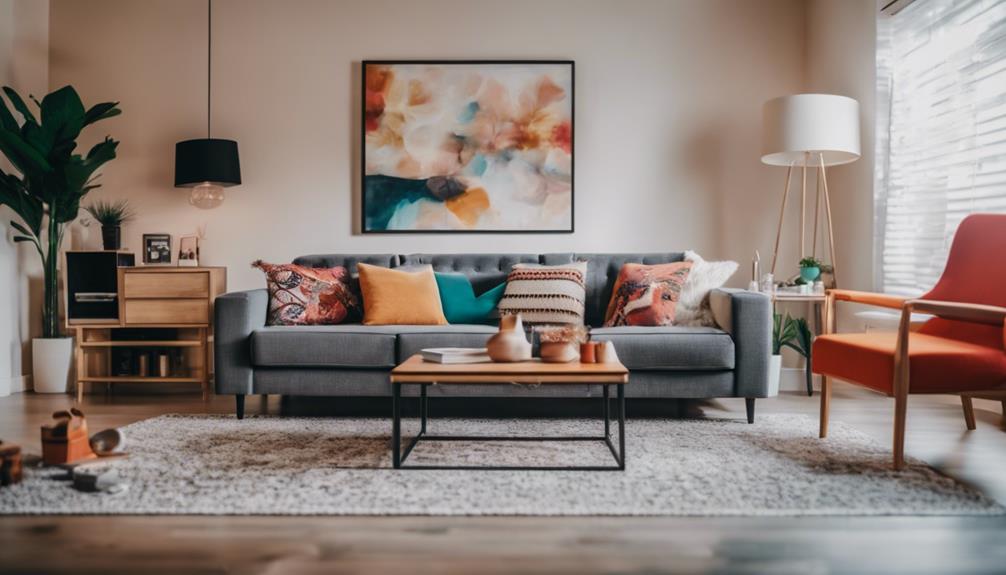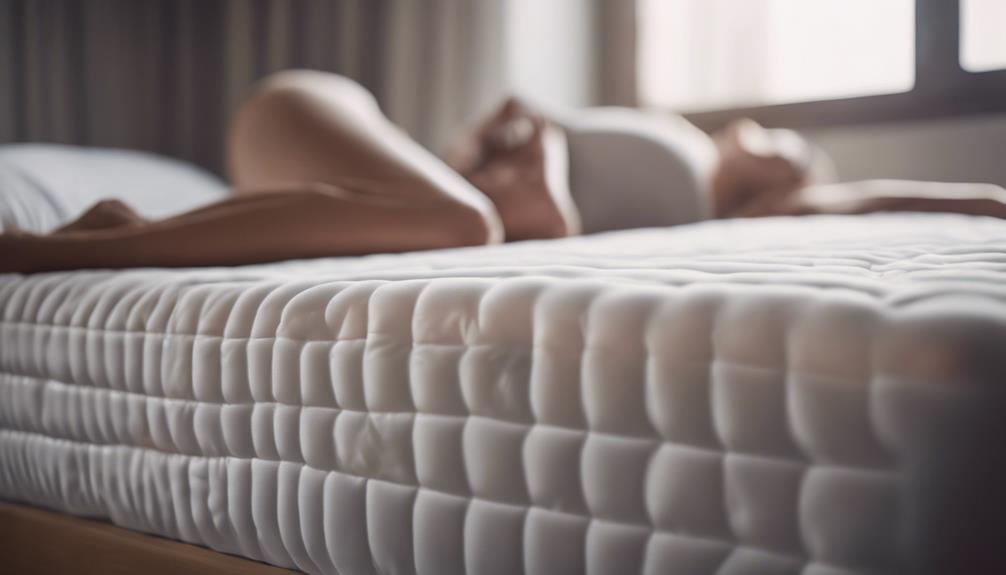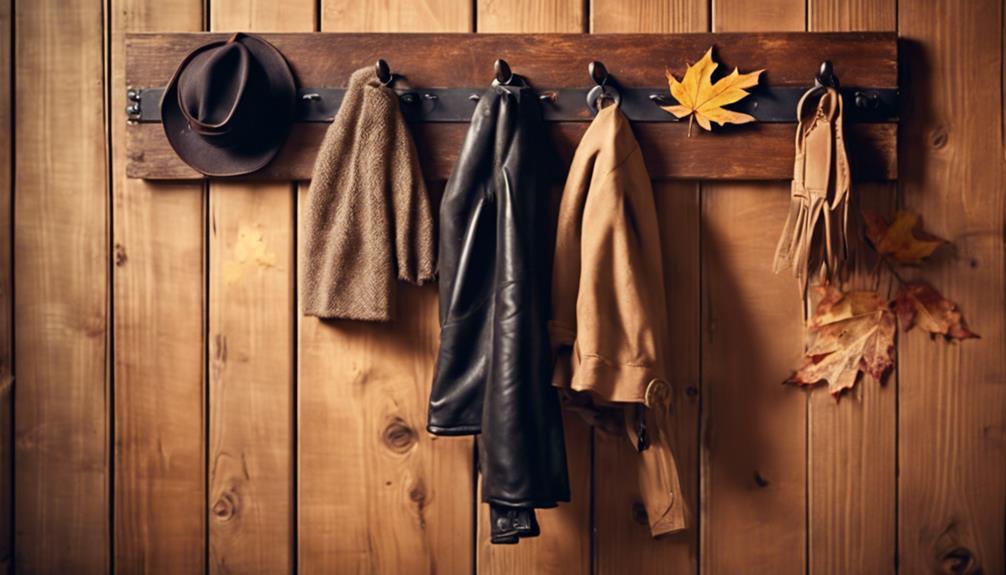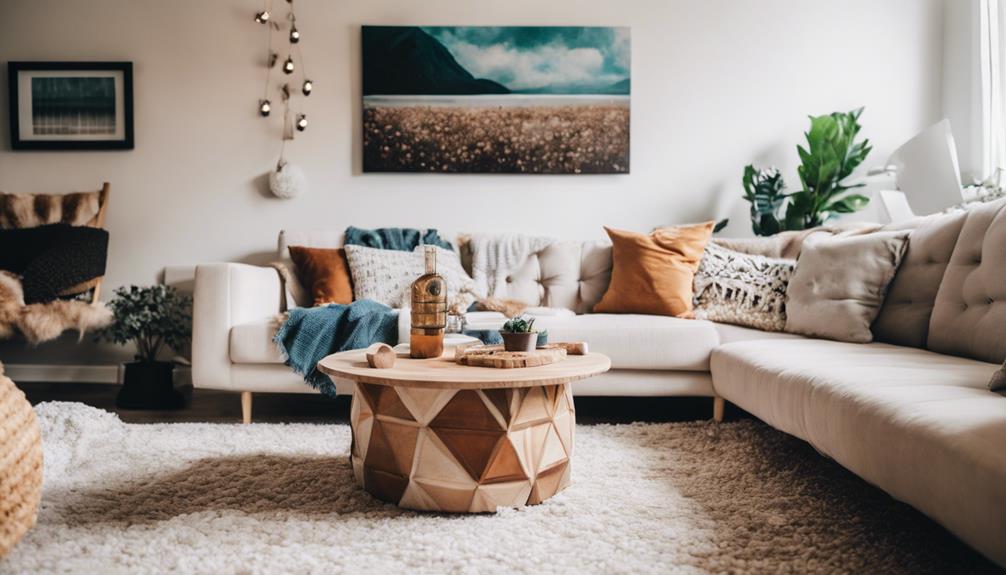The home decor industry encompasses a vast array of products and styles, driven by consumer preferences and market trends. Segmented by product type, income group, and distribution channel, this industry was valued at $206.70 billion in the US in 2024. From eco-friendly to luxury items, key players like IKEA and Ashley Furniture compete in offering diverse, quality offerings. Sustainable practices, smart home technology, and global trends influence the industry's future. Discover how these factors shape the industry's evolving landscape for stylish and functional living spaces. Learn more about the intricate world of home decor.
Key Takeaways
- Thriving global industry with diverse products and consumer preferences.
- Market segmentation based on product type, income group, and distribution channel.
- Valued at $206.70 billion in the US in 2024.
- Driven by popularity of home decor products and rising disposable income.
- Challenges include low-quality products and rising raw material costs.
Overview of Home Decor Industry
Indefinitely, the home decor industry thrives on a global scale, driven by a diverse range of products and consumer preferences. The market segmentation within this industry is based on various factors such as product type, income group, price point, and distribution channel.
In the United States market alone, the home decor industry was valued at a staggering $206.70 billion in 2024. Key drivers fueling this growth include the increasing popularity of home decor products, the rise in disposable income particularly in emerging countries, and consumers' growing affinity towards luxury home decor items.
However, challenges persist, including the availability of low-quality products, a shortage of skilled labor, transportation inefficiencies, and rising raw material costs. With such a vast global market and a multitude of factors at play, understanding the nuances of the home decor industry is vital for both businesses and consumers alike.
Market Trends and Analysis
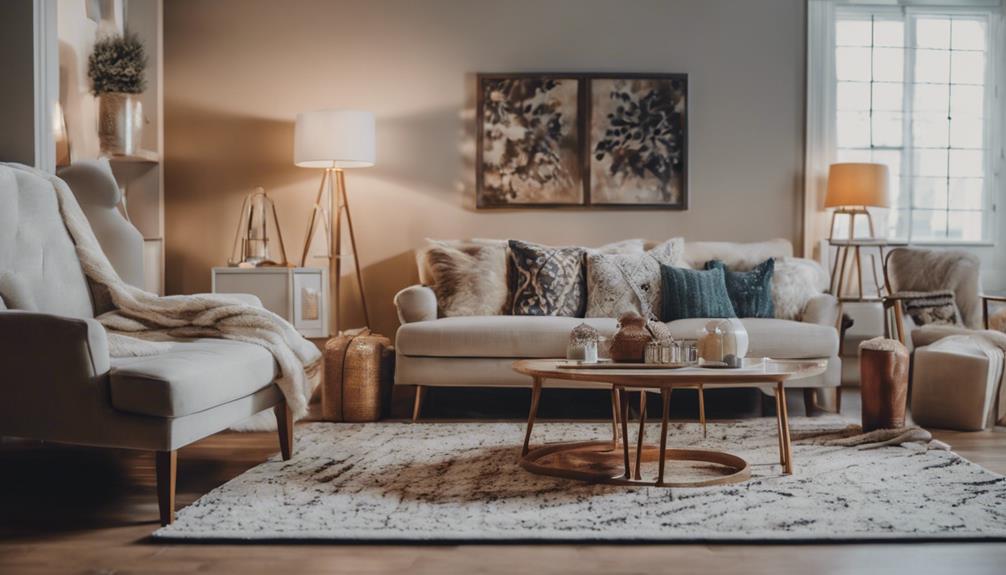
The global home decor market's projected growth to $1.1 billion by 2032 reflects key trends such as the increasing demand for eco-friendly products and a shift towards luxury items, driven by rising disposable incomes in emerging markets. Market analysis indicates a surge in consumer demand for sustainable and environmentally friendly home decor options, leading to the popularity of eco-friendly products.
Alongside this, the market is witnessing a notable inclination towards luxury home decor items, indicating a preference for premium and high-end products. Distribution channels such as supermarkets, hypermarkets, and e-commerce platforms play an essential role in reaching consumers effectively.
The global home decor market encompasses various segments like furniture, home textiles, and floor coverings, catering to diverse consumer needs. In the United States, the home decor market size was $206.70 billion in 2024, with a steady projected growth rate, underlining the significance of consumer demand and evolving housing trends in shaping the market landscape.
Key Players and Competitors
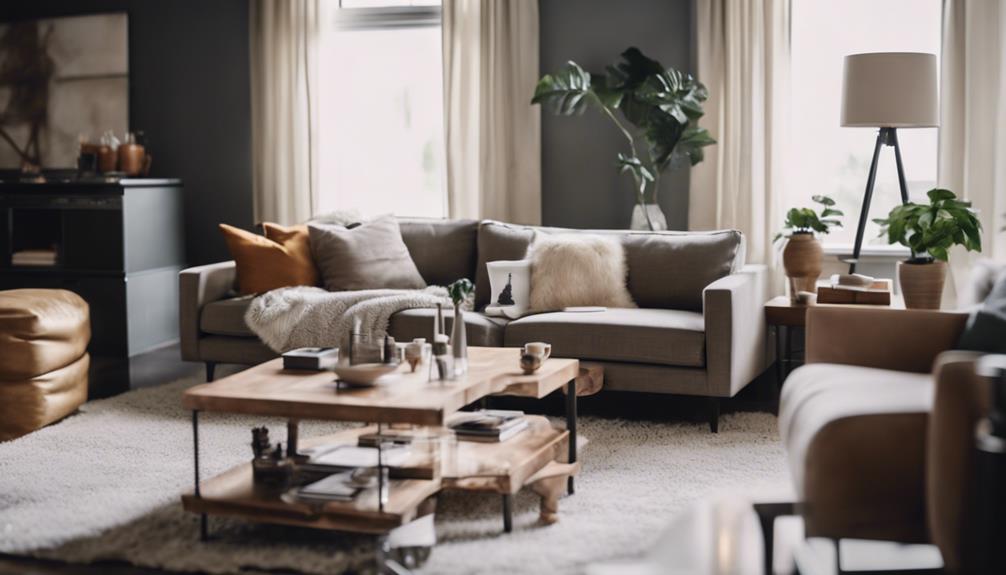
As key players in the home decor industry, we are constantly innovating and enhancing the quality of our products to meet the evolving demands of consumers. Competition among top players like Inter IKEA Systems BV, Ashley Furniture Industries Inc., Mannington Mills Inc., and Kimball International Inc. drives innovation and guarantees high product standards. These industry leaders offer a vast array of home decor items ranging from furniture and textiles to flooring and lighting. To stay ahead in the market, we focus on sustainability practices, customization options, and integrating technological advancements into our products.
| Key Players | Focus Areas | Offerings |
|---|---|---|
| Inter IKEA Systems BV | Sustainability | Furniture, Textiles, Lighting |
| Ashley Furniture Industries Inc | Customization | Furniture, Accessories |
| Mannington Mills Inc | Technological Advancements | Flooring, Textiles |
| Kimball International Inc | Quality | Furniture, Lighting |
These companies are committed to meeting diverse consumer preferences while upholding the highest standards of quality and design excellence.
Consumer Preferences and Demands
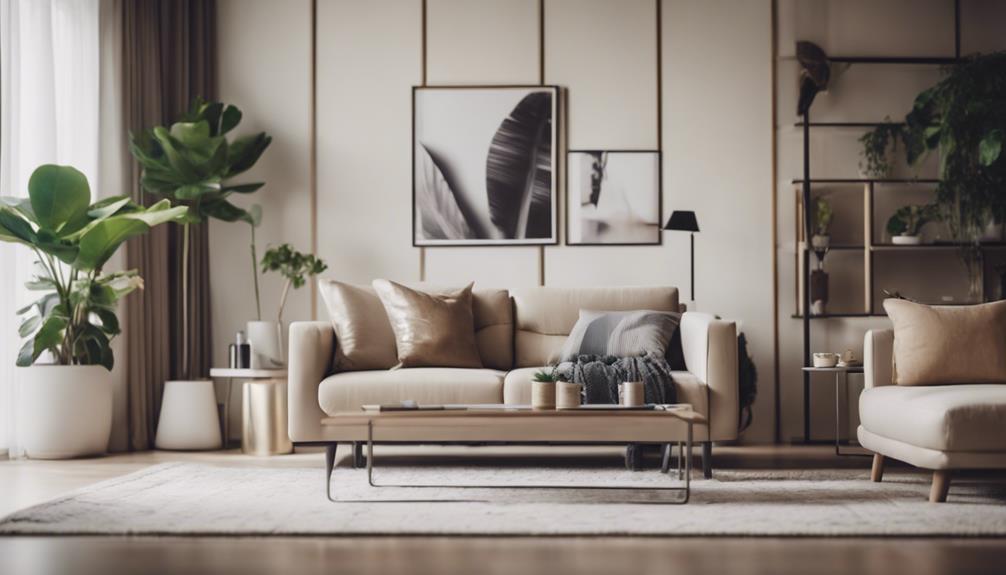
Embracing eco-friendly practices and seeking personalized solutions, consumers in the home decor industry are driving a shift towards sustainability and customization. With a focus on consumer preferences, the demand for eco-friendly home decor and sustainable products is on the rise. This trend is supported by individuals looking to make environmentally responsible choices in their decor purchases. Additionally, personalization plays a significant role as consumers seek unique and tailored solutions to reflect their individual style and personality in their living spaces.
Moreover, the integration of smart home technology is reshaping the industry, offering convenience, efficiency, and modernity to consumers. Businesses are adapting to cater to a wide range of consumer preferences by offering a mix of minimalism and maximalism in design approaches. However, challenges such as raw material price fluctuations, supply chain disruptions, and the necessity for continuous innovation to meet evolving consumer demands are prevalent in the industry.
Sustainable Practices in Home Decor
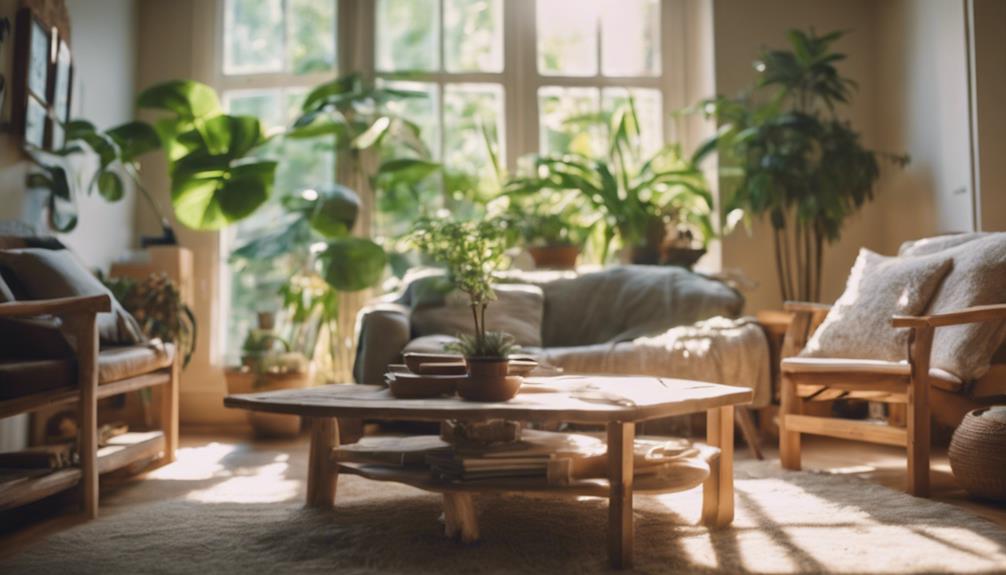
We've observed a growing trend towards eco-friendly practices in the home decor industry, with an emphasis on using sustainable materials and design techniques.
Consumers are increasingly drawn to products that incorporate recycling and upcycling in their design, showcasing a shift towards more environmentally conscious choices.
Additionally, the integration of energy-efficient lighting solutions is gaining popularity, reflecting a broader interest in reducing energy consumption in home decor.
Eco-Friendly Materials Used
In the home decor industry, sustainable practices are increasingly prioritizing the use of eco-friendly materials to reduce environmental impact. Eco-friendly materials such as bamboo, reclaimed wood, and recycled metals offer sustainable options for home decor, while upcycling glass, plastic, and textiles promotes sustainability and minimizes waste.
Incorporating non-toxic paints and organic fabrics into home decor items is a key focus of sustainable practices, ensuring that products are environmentally conscious. Energy-efficient lighting solutions like LED bulbs and solar-powered lights are gaining popularity for their eco-friendly properties.
Businesses in the home decor industry are embracing these sustainable options to meet the growing demand for environmentally friendly products, contributing to a more sustainable future.
Recycling in Design
Sustainable home decor practices are increasingly incorporating recycling in design to create eco-friendly products that reduce environmental impact. Businesses in the home decor industry are embracing this trend to meet the growing demand from environmentally conscious consumers. Here are some key points highlighting the importance of recycling in design:
- Resource Efficiency: Upcycling furniture, textiles, and accessories promotes efficient use of materials.
- Circular Economy: Recycling in design contributes to a circular economy by reusing materials and reducing waste.
- Consumer Appeal: Sustainable home decor options, including those using recycled materials, attract eco-conscious customers.
- Environmental Benefits: By reducing waste and reusing materials, recycling in design minimizes the industry's ecological footprint.
Energy-Efficient Home Decor
Embracing energy-efficient practices in home decor allows us to reduce energy consumption and promote sustainability in our living spaces. This trend focuses on using eco-friendly options like energy-efficient lighting, such as LED bulbs and smart lighting systems.
Businesses are incorporating recycled and upcycled furniture in their products to meet the demand for sustainable practices in home decor. These efforts not only attract environmentally conscious customers but also contribute to environmental preservation.
Technology Integration in Home Decor
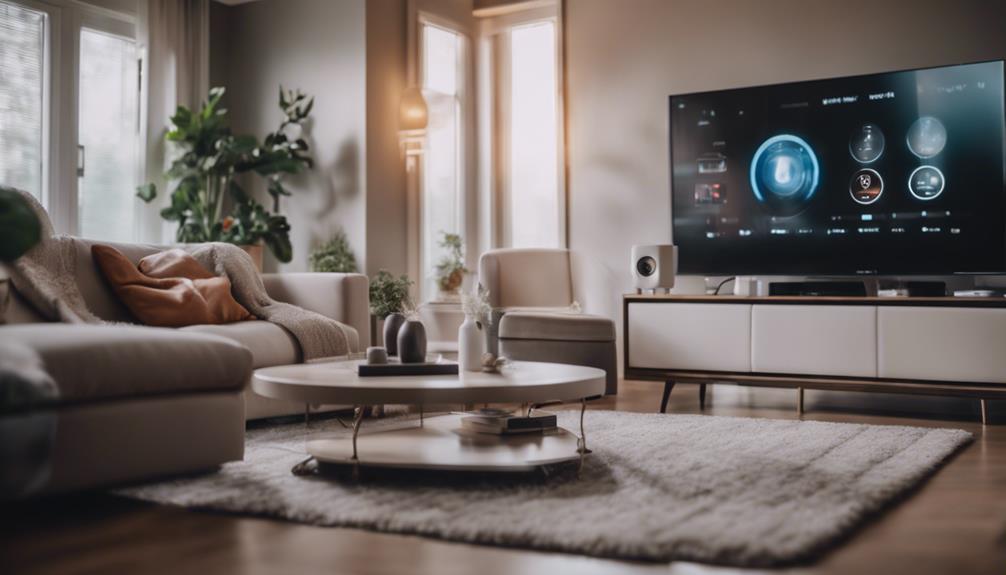
We explore the impact of smart home devices and virtual reality design on modern home decor. These innovative technologies revolutionize how we interact with our living spaces, offering convenience and customization like never before.
From voice-activated assistants to immersive virtual design experiences, technology integration is shaping the future of home decor.
Smart Home Devices
The integration of smart home devices into home decor products enhances convenience and efficiency for modern living spaces. Businesses are adapting to the trend by offering technology-driven solutions to meet the demand for smart features.
Here are four reasons why smart home devices are shaping the home decor industry:
- Convenience: Voice-activated assistants and smart appliances make daily tasks easier.
- Energy Efficiency: Controlled lighting systems help reduce energy consumption.
- Modern Living Standards: Customized experiences elevate the quality of life at home.
- Integration of Smart Technology: Homes are becoming more connected, reflecting the digital age we live in.
Virtual Reality Design
Revolutionizing the home decor industry, virtual reality design allows consumers to visually customize their living spaces in a virtual environment. This immersive technology integration enables users to experiment with furniture placement, color schemes, and various layouts, providing a realistic preview of their ideal home decor.
By embracing virtual reality design, businesses in the home decor industry enhance consumer engagement and offer tech-savvy customers an interactive and personalized shopping experience. This innovative tool streamlines the decision-making process for consumers, empowering them to make informed choices when decorating their homes.
With virtual reality design, customization and visualization become key elements in creating a tailored and satisfying home decor experience for individuals seeking to transform their living spaces.
Growth Opportunities in the Industry
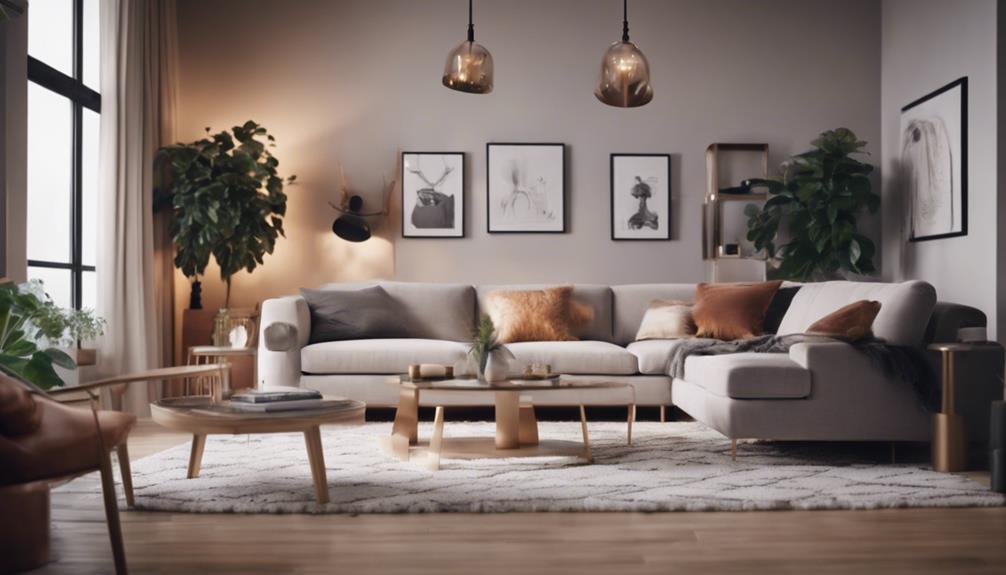
With the global home decor market projected to surge to $1.1 billion by 2032, numerous growth opportunities are on the horizon for industry players. Here are some key areas driving growth in the home decor industry:
- Integration of Smart Technology: The incorporation of smart technology in decor products is revolutionizing the way people interact with their living spaces, offering convenience and efficiency.
- Focus on Sustainability: The industry is shifting towards eco-friendly practices and sustainable materials, appealing to environmentally responsible consumers who seek products that minimize ecological impact.
- Personalized Designs: Tailoring decor to individual preferences is becoming increasingly popular, with companies like Ashley Furniture Industries Inc. and Herman Miller Inc. leading the way in creating personalized and aesthetically pleasing designs.
- Rise of Handmade Products: There's a growing demand for unique, handmade decor items that add a touch of authenticity and craftsmanship to homes, catering to the tastes of discerning consumers looking for something special.
Impact of Global Trends
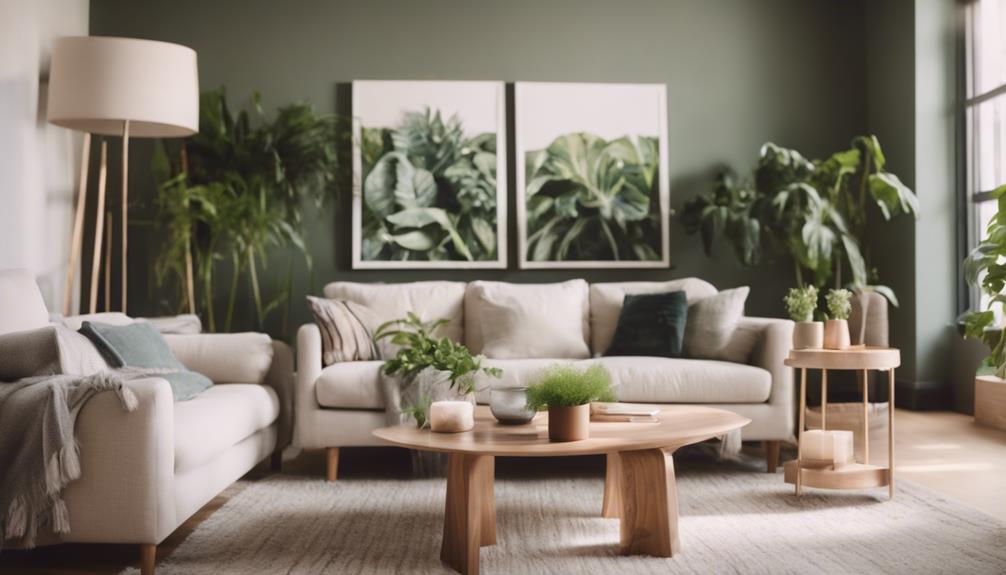
Global trends are reshaping the landscape of the home decor industry, influencing consumer preferences and driving innovation in product offerings. The focus on health and wellness has become a significant driver of market growth, with consumers seeking products that promote well-being and comfort in their living spaces.
Additionally, the integration of smart technology in decor products is revolutionizing the industry, offering convenient solutions for modern living. The demand for space-saving solutions is also on the rise, prompting companies to develop innovative and multifunctional designs to cater to smaller living spaces.
Technological advancements such as augmented reality (AR) and virtual reality (VR) are enhancing the market growth potential by providing immersive shopping experiences and visualization tools for customers. In addition, sustainability and responsible practices have gained importance in the industry, with key players focusing on eco-friendly materials and production processes to meet the growing consumer demand for environmentally conscious products.
These global trends are shaping the future of the home decor industry, driving market growth and fostering innovation.
Future Forecast and Outlook
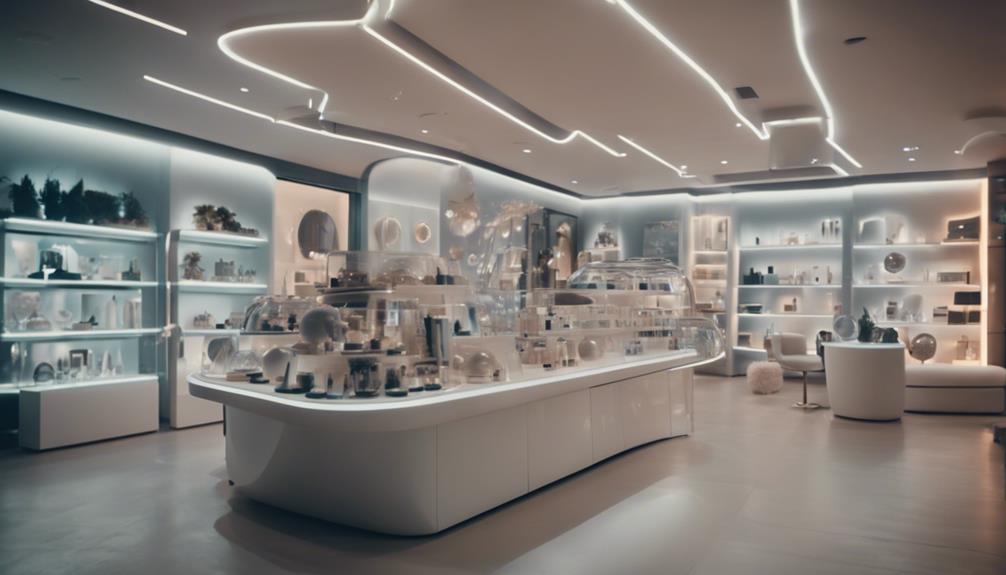
Looking ahead, the home decor industry is poised for continued growth and evolution as consumer preferences and technological advancements drive innovation in product offerings. As we anticipate the future of this dynamic industry, several key trends and developments are likely to shape its trajectory:
- Integration of Smart Technology: Smart home devices and IoT integration will become increasingly prevalent in home decor, offering convenience and customization to consumers.
- Emphasis on Space-Saving Solutions: With urbanization on the rise, compact and multifunctional decor pieces will be in high demand to optimize living spaces.
- Rise of AR and VR: Augmented reality and virtual reality technologies will revolutionize the way consumers visualize and experience home decor products before making purchasing decisions.
- Focus on Environmentally Responsible Products: Sustainability will be a driving force, with consumers showing a growing preference for eco-friendly decor options from industry leaders like Ashley Furniture Industries Inc. and Herman Miller Inc.
Frequently Asked Questions
What Is the Home Decor Industry?
The home decor industry encompasses various products like furniture, textiles, floor coverings, and accessories that enhance living spaces. It's projected to reach $1.1 billion by 2032, driven by the growing demand for eco-friendly and luxury items. Challenges include low-quality products and raw material costs.
Segmented by product type, income group, and region, key players include Duresta Upholstery Ltd. and Ashley Furniture Industries Ltd.
How Would You Describe a Home Decor Business?
When describing a home decor business, we can say it involves selling various products like furniture, textiles, floor coverings, and accessories to enhance living spaces aesthetically.
This industry encompasses companies such as Inter IKEA Systems BV, Ashley Furniture Industries, and Mannington Mills Inc.
We see different market segments based on product type, income group, price point, distribution channel, and region to cater to diverse consumer preferences.
What Is the Market for Home Decor?
The market for home decor is thriving, with a projected value of $1.1 billion by 2032. Factors like increased demand, higher disposable incomes, and a penchant for luxury items are driving this growth.
Challenges such as subpar products and rising material costs exist. Key trends like sustainable designs and the popularity of vintage styles shape the industry.
It's a dynamic market, akin to a constantly evolving canvas waiting to be adorned with new possibilities.
What Is Considered Home Decor?
When we talk about home decor, we're referring to a variety of items that help spruce up living spaces. Think decorations, carpets, curtains, lighting, and more. These elements are all about adding charm and style to our homes.
It's like the icing on the cake that makes a house feel like a cozy retreat. Home decor is all about personalizing our living areas to reflect our tastes and create a comfortable environment.
Conclusion
To sum up, the home decor industry is a dynamic and evolving sector that caters to consumer preferences and demands. With sustainable practices and technology integration becoming increasingly important, there are ample growth opportunities for key players and competitors.
As global trends continue to influence the market, the future forecast looks promising. Just like a well-decorated room, the industry is constantly changing and adapting to meet the needs of consumers.
